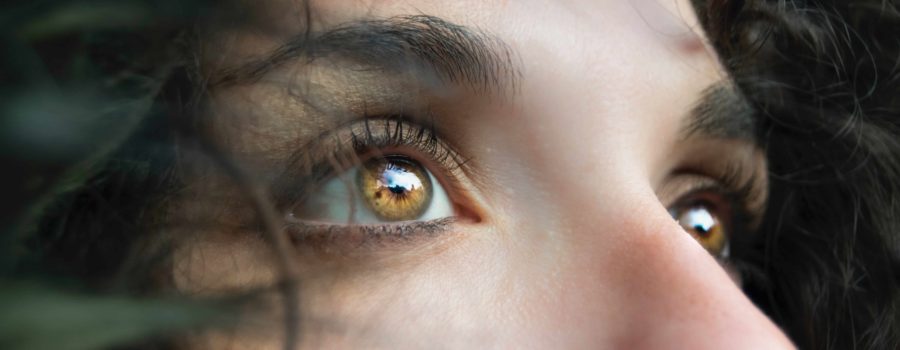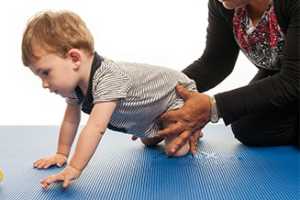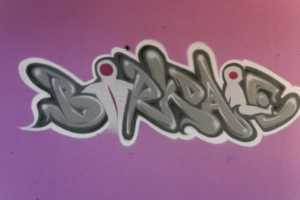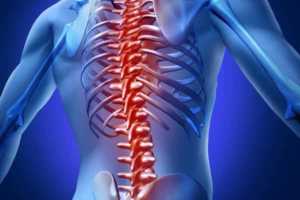It is said, “The eyes have it.”
As Neuro Physiotherapists, why is it important that we understand the role of oculomotor function in our patient groups?
In the year 2000, I met a patient who had a tumour in her occipital lobe. The tumour was removed and although she was physically able, she could not “organise” herself. She reported that she did not know where she should look when carrying out normal daily activities. She could not gauge the speed or distance of people walking towards her and she had difficulty in turning to the left and right. She said that she found it difficult to manage at work. She also mentioned that she could not judge how far objects were away from her and that crossing the road was impossible as she could not judge the speed of cars approaching. This patient had seen an ophthalmologist and he had reported that the problem was not visual acuity but visual processing. This was of great interest to me, and I wanted to learn more about it. Twenty-two years later I am still reading and learning about it.
Visual rehabilitation is a vast subject, and there are many research papers available. I encourage my physio colleagues to read more about it!
Working with children with neurological impairments has taught me a lot about the development of visual behaviour. I have produced a presentation to share knowledge with other neuro physiotherapists on this topic. Individuals with impairment to the central nervous frequently have higher visual disorders, i.e, visual deficit following injury to cortical brain structures. Such impairments can lead to the development of disorders including:
– Strabismus
– Visual field loss
– Ocular motor disorders
– Binocular vision dysfunctions
– Deficiencies in visuomotor integration
– Complications in visual perception
– Reduced visual acuity
It is now generally recognised that the posterior brain is a patchwork of more than 30 functionally specialised visual areas. At Birkdale we have been using the Tobii Dynavox Eye Gazing System since 2014 to observe saccadic, pursuit and vertical eye movements. This has given us more understanding of how the eyes and the proprioceptive system work together to enable people to improve their motor planning, balance reactions and eye directed body movements. When our clients recognise how their eye and body movements work together, they can transfer their weight much more effectively and improve their balance mechanisms. We are learning more about the role of the posterior parietal cortex in visual perception, and the importance of the cerebellum in visual and auditory processing, and how we can incorporate this knowledge into treating our clients in clinical practice.
We have created a course for practitioners on Oculomotor Disorders as a guide on its use.
Oculomotor Disorders
Aims: to bring awareness of ocular motor disorders and their effect on body movements
Learning outcomes :
- Neuro anatomy overview
- Ocular motor skills
- Visual perception
- Eye movements and balance
- How do we incorporate eye movements into our rehabilitation?
Cost of the training: £50.00
Please contact us by email if you are interested. Once the payment has been made , we will send you a link to the training which will be live for two weeks.
em: info@neuro-physio.co.uk




